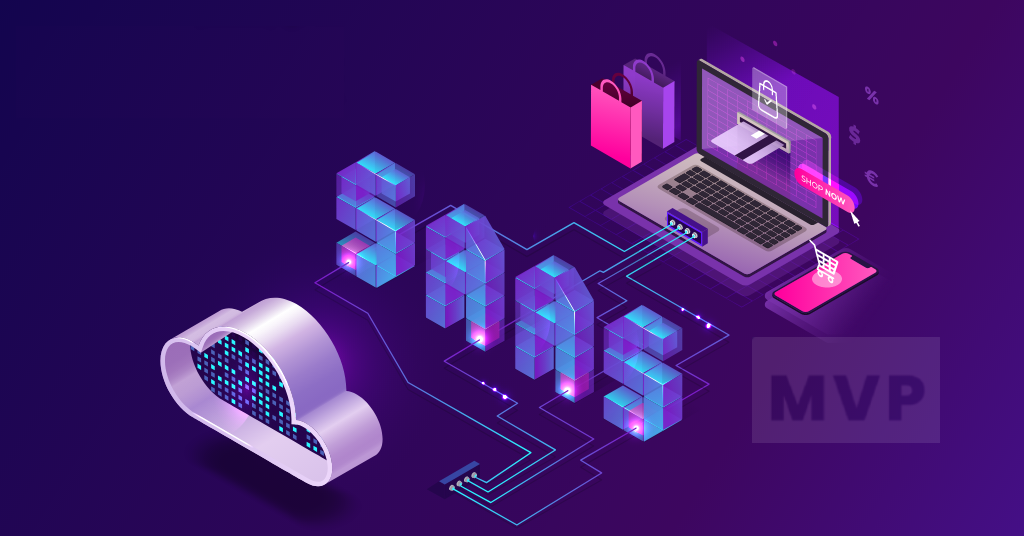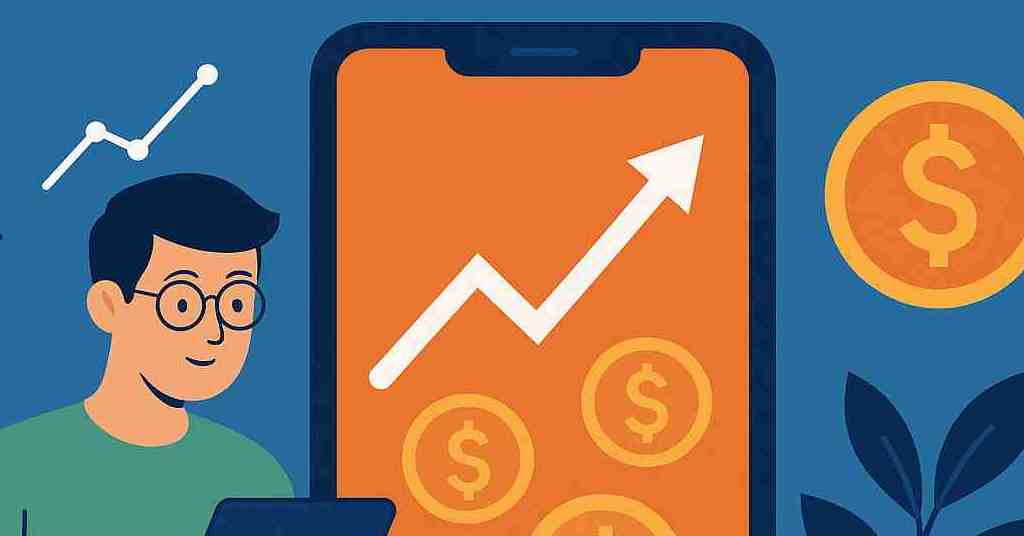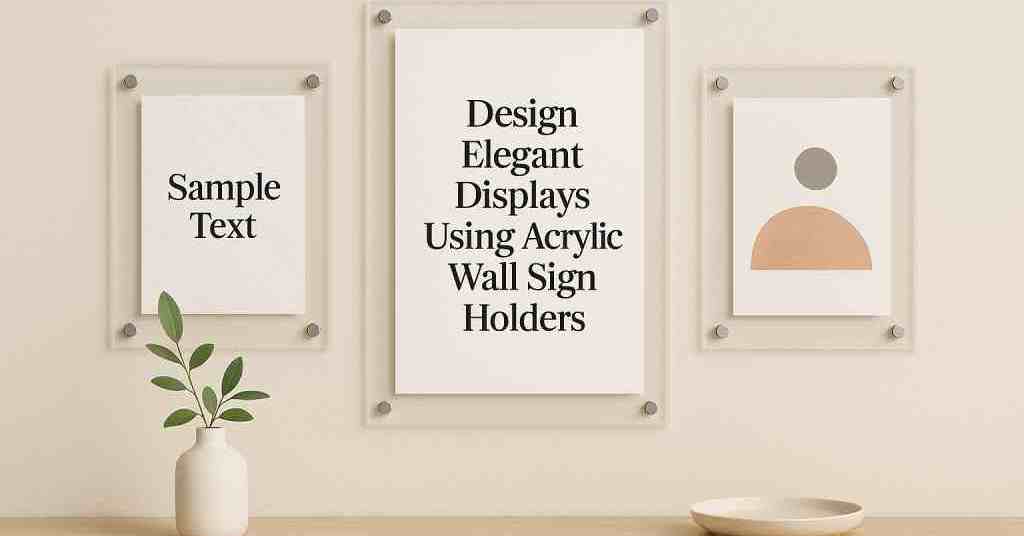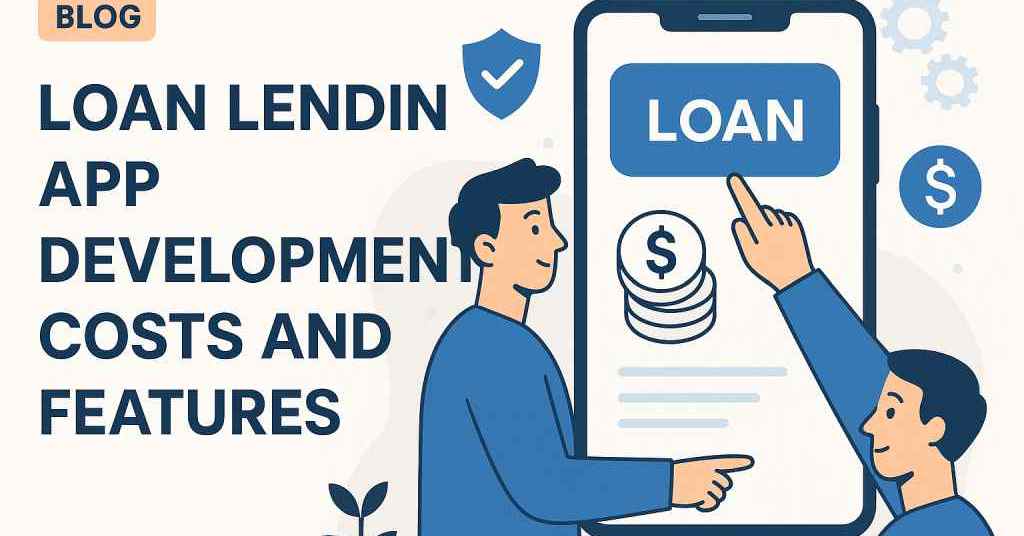
SAAS E-Commerce App Development – Expedite Your MVP Launch
Over the past decade, Software as a Service (SaaS) has become a lucrative business model, especially for e-commerce companies. According to Statista, the global SaaS market will reach $157 billion by the end of 2020, with Salesforce, Microsoft and IBM accounting for the largest share of the global SaaS market. Today, SaaS is important enough to drive the eCommerce application development demand.
SaaS is a software delivery model that allows third-party vendors to host applications in data centers that customers can access via the Internet. Specifically, a SaaS Application Service Provider (ASP) is an application that provides IT software and services (via the Internet) on a shared cloud infrastructure. This eliminates the need for users to purchase or download software products and install them into computer memory. SaaS eliminates the need for customers to purchase and maintain large amounts of hardware and software resources to meet their many business needs.
Under the influence of digitization, the physical sector has shifted from the comfort of a device to the comfort of home to e-commerce, where people have started shopping online. Innovative ecommerce sites are known for their eCommerce mobile application development, actually! Mobile e-commerce applications with the slogan "Shopping on the go" are the most popular smart users and smartphones today.
ONLINE MARKETPLACE: THE DEFINITION AND 3 CONVINCING REASONS TO CREATE IT
Simply put, an online marketplace is a platform that connects shoppers with multiple brands and conducts monetary transactions between them. Today, online shopping is becoming the norm for people of all ages. This is one of the top reasons to start a business in this niche. But he's not the only one. Online shopping offers opportunities that brick-and-mortar stores don't. This is a big change in the shopping experience.
A Growing Audience
The number of digital shoppers is growing every year as people become aware of the benefits of shopping online over time and is expected to reach 2.14 billion by 2021. And remember, these customers may not be anywhere. You can reach more people. Use an online marketplace rather than a fixed store with multiple brands.
The Widest Variety of Products and Services
The e-commerce platform offers more products than any offline store, especially if it is a multi-vendor market. No need to wander on the shelves or find the perfect shoes in the mall; it sounds like heaven to many shoppers. At any time, using any device, the shopping world is very convenient.
No Worries About the Product Itself
Market owners don't have to worry about where their products are stored and how they're shipped to buyers. The market vendor will do it for you. Its main function, acting as an intermediary, is to provide a smooth user experience and secure transactions.
ADVANTAGES OF CLOUD-BASED MODEL
WHAT ARE THE MAIN TYPES OF ONLINE MARKETPLACES?
Not all markets are created equal. As the marketplace evolves, people can buy and sell almost anything on the Internet. There are four types of markets depending on the subject of sale, and each market has its most important representatives.
Product marketplaces Only real products (Amazon, AliExpress, Walmart) are considered and people buy and sell services
Service marketplaces: Many of these professional services include taxis, rentals, and renovations. (Uber, LiquidSpace, Airbnb)
Hybrid marketplaces: Customers can find products and services (Houzz, OLX, Ooodle) there.
Project marketplaces: Help desk for startups. Anyone can invest money in a new business and profit from it (Kickstarter, Fundly, and Crowdfunding).
What is an MVP for a marketplace?
Amazon and Airbnb are examples of incredible marketplaces that emerged from a marketer's dream. But, to be honest, building a global e-commerce project and making money right away is impossible. First, you need a product model that reflects the most important values and characteristics.
A Market Minimum Viable Product (MVP) is a fully functional version of a product that includes key features and can be made available to early adopters.
WHAT YOU WILL GET WITH AN MVP:
· Make sure you have selected important features correctly.
· Discover more popular features than others.
· Make sure your target group is interested in your proposal.
· Maintain a database of potential customers.
· Find the flaws and weaknesses of the project.
WHAT ARE THE ADVANTAGES THAT DEFINE THE POPULARITY OF SAAS PRODUCTS?
· Very convenient for customers. You should avoid software installation and configuration issues and use SaaS products to solve them.
· Customers don't have to pay a lot for expensive software.
· You can sign up for only the courses and facilities you need and cancel your subscription when you no longer need the service.
· Automatic support and updates. Program updates and bug fixes are delivered at the same time, protecting users of all devices.
· Manageability and productivity. It focuses on the benefits of SaaS software vendors and positively impacts sales without using additional resources.
· Scalability allows you to build a 100,000 to 100,000 customer base with no additional effort.
· SaaS provides cybersecurity benefits because cloud-based applications are less vulnerable to software theft.
· SaaS applications can be accessed from anywhere in the world with just one requirement: the Internet. Some work offline and can only be synced when connected to the internet.
WHY CREATE SAAS IN 2021? TOP TRENDS
The COVID-19 pandemic is further accelerating the digital transformation of global businesses. SaaS trends impacted by the 2021 pandemic include growing market demand and growing opportunities for vertical SaaS solutions.
1. Rising market demand
The rapid digital transformation of businesses around the world is accelerating the demand for SaaS solutions. SaaS remains the most important market segment. The reason for this growth is the increased demand for new software collaboration tools during the COVID-19 period. Gartner predicts that the global SaaS market will continue to grow to $120.9 billion in 2021.
The cost of SaaS SMEs is skyrocketing, according to data from SaaS management company Blissful. The average five-year cost of software as a service (SaaS) for small businesses increased from $55,000 in 2016 to $220,000 in 2019. And Covid-19 has recently accelerated this trend.
According to forecasts in the IDC FutureScape 2021 report, by the end of 2021, 80% of enterprises will move to cloud-centric infrastructure and applications twice as fast as before the pandemic
2. Opportunity for vertically focused SaaS solutions
With the rapid shift to cloud computing, businesses are looking for SaaS solutions specifically targeted at the challenges of their industry. This gives SaaS companies the opportunity to develop vertical SaaS solutions for specific industries, providing greater business value to a smaller audience. Industry-specific SaaS solutions also benefit from increased customer visibility and improved data management.
More and more SaaS companies are taking advantage of this market opportunity. For example, in 2018, G2 Software Analytics covered more than 34,000 SaaS products across 745 vertical SaaS categories.
SAAS APPLICATION DEVELOPMENT PROCESS
The development lifecycle for a SaaS item contrasts from the customary software development lifecycle. There are a few variables influencing the decision of center engineering for a SaaS platform, the most significant of which is the cloud supplier. The need to offer mobile assistance with multi-tenure presents an extra test.
To get ready for this load of difficulties, you need to comprehend the overall SaaS execution approach and the points of interest behind it. The best and quickest approach to find out about how SaaS application development functions is to look at the SaaS development lifecycle.
Note that the SaaS SDLC is a cycle, as work on the application goes on after its delivery. After an application is dispatched, you need to emphasize through platforms 3–6, from intending to operations.
1. Market Research and Target Market Defining
Marketing research is an important part of developing SaaS applications. When done right, it is the foundation of your product's long-term success. Explore the problems your prospect is facing and how to solve them. This is important when:
· Know exactly what your customers need and what they can contribute.
· Better understand your ideal client profile and target strategy based on research. Identify and analyze business opportunities and select the most profitable opportunities.
· You have finally found the right product on the market.
By observing your competitors, you can understand the strengths and weaknesses of their software and what they are doing to retain customers.
2. Formulate Strategy and Create Implementation Plan
The system is a dream of how an item ought to be and how it will arrive. The technique comprises of three primary components.
· Vision is a principal justification constructing an item.
· Concrete and quantifiable objectives, the satisfaction of which will prompt the accomplishment of a dream.
· Actions that ought to be taken to accomplish the objectives.
When there is a technique, it implies that there is no vagueness with regards to settling on significant choices.
3. Determine Pricing Model
Evaluating model particular isn't generally a basic matter. You need not exclusively to address customers' business challenges yet in addition be reasonably granted for the worth you give. The model decision ought to be made dependent on your thought and statistical surveying. Direct client research prior to deciding an estimating model since a great deal will rely upon how your item settles the necessities of your clients and how much and frequently they will pay for this arrangement.
Subsequently figure the unit financial aspects in the beginning phases. On the off chance that you charge excessively, new clients might lean toward the contenders' answers and reception of your SaaS item might stagnate.
SaaS pricing models examples:
· Usage-based pricing
· Per Feature pricing
· Simple, flat-rate pricing
· Freemium
· Tiered Pricing
Every one of them has its advantages and disadvantages and may show distinctive adequacy in various conditions. We'll make an extra audit about them later.
4. Planning & Wireframing
The significant segment of this cycle is the client for whom you are making the item. You need to see effectively: who is your client and how they will communicate with your SaaS application and what issues (occupations) they will tackle utilizing your Software as a Service application.
When the general "positions" are characterized, the subsequent platform is to characterize the Customer Journey Map and go into more nitty gritty User Stories at each progression. Client stories ought to have — who the client is, the thing that he needs, and why he needs it.
Wireframing is the formation of a schematic and underlying visual portrayal of an item. It gives a chance to characterize the format of UI components on a screen prior to falling into a definite plan.
5. Put Emphasis on MVP
The effective story of SaaS development needs to contain a base feasible item (MVP) part. This is a rendition of a SaaS application with the essential provisions included to command the notice of clients and gather clients' criticism.
Numerous new businesses and enormous IT organizations are progressively utilizing MVP as a beginning platform for building a fruitful saas item. This will quick track the market arrival of the item, lessen execution costs, test the interest, lastly give you a reasonable comprehension of your suppositions' precision. The sooner clients can tell or show you how they utilize the item, the more significant level of accomplishment.
However, MVP isn't only an adaptation of the item with at least capacities, however the least asset escalated apparatus for approving the monetary achievability of a business thought, which likewise fills in as the reason for the last offer.
In summary, the main objectives derive MVP:
· Hypothesis testing of SaaS applications with minimal costs.
· Get the information you need to create a SaaS product quickly.
· Saves development time.
· Instantly provide novice users with a product that solves one or more problems.
6. App Development
After all of the arrangements are done, the idea is characterized, the thought is approved, an investigation of the market and potential clients is made, it's an ideal opportunity to make all the development work. At this platform, the principal part of the achievement is the right decision of an accomplished and dependable SaaS development company.
THE RISE OF SAAS ECOMMERCE PLATFORMS
You probably knew about Shopify, correct? For those of you who haven't, Shopify is a SaaS eCommerce platform that has altered the eCommerce business.
Fostering an eCommerce business site is a difficult errand. You need to deal with zillion-moment subtleties that go into the application development measure – even a little glitch can hamper the general client experience.
This is where SaaS eCommerce platforms like Shopify, BigCommerce, and Volusion enter the eCommerce application development situation. A SaaS eCommerce platform is an out-of-the-crate arrangement that offers you the center site foundation, prebuilt, adjustable subjects, item management, and marketing capacities – all moved into one. You can easily shape your eCommerce sites online store and dispatch your item rapidly.
SaaS eCommerce platforms are cloud-based designs that you can get to using any internet browser. As referenced before, in the SaaS eCommerce model, the product isn't introduced on-premise or kept up with by the client. Since the eCommerce framework runs on the SaaS supplier's facilitated workers, the outsider supplier handles the application's security, execution, and support capacities on their devoted workers.
Another incredible advantage of SaaS eCommerce application development is that they depend on a membership permit model. Along these lines, clients pay a month-to-month or yearly expense dependent on the number of clients and the administrations they use. The membership model is a profoundly cost-proficient alternative for eCommerce organizations.
These are the three central factors that have driven the development of SaaS eCommerce platforms and SaaS-based eCommerce portable application development.
WRAPPING UP…
Once these steps are complete and your SaaS MVP is ready, you need to target your audience using the marketing channels and tools that are best for your business. Marketing strategies and campaigns must be designed and prepared in such a way that they resonate with your target audience.
Read Also: Mobile Ecommerce Trends, Cost, and Tips to Build App that Sells Best in 2021




